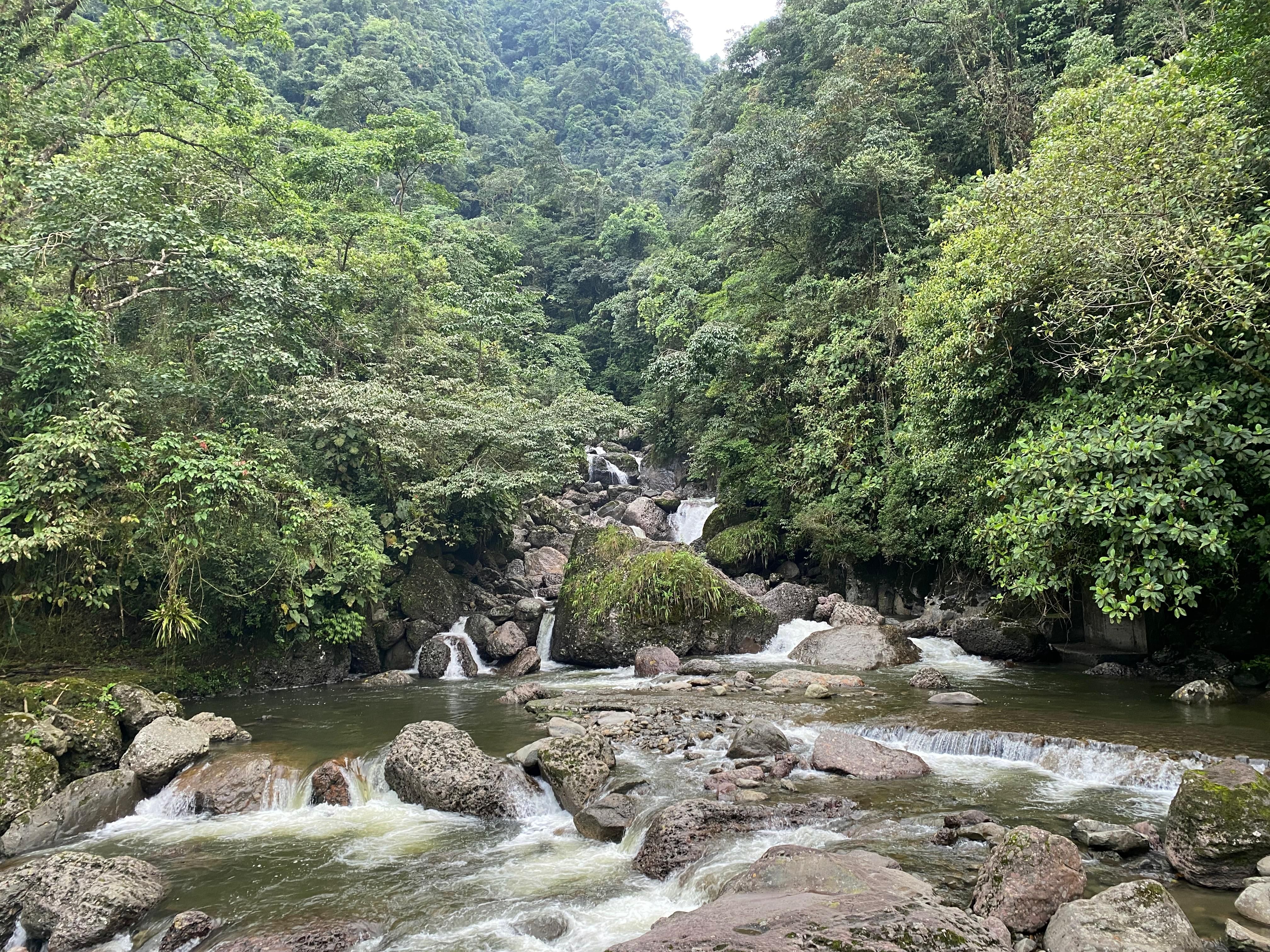The Geology of Colombia
Part of the reason Colombia has so many species of birds is biogeographic diversity. This diversity arises, in part, from the geology that has shaped the region over millions of years. Colombia is divided by three separate mountain ranges, or cordillera, that are extensions of the Andes mountain range, and run from the border with Ecuador north towards the Caribbean Sea. The western two ranges are the Cordillera Occidental and the Cordillera Central, which form the western and eastern sides of a massive crystalline arch with the Cuaca valley between them. The Cordillera Oriental is composed of folded stratified rocks overlying a crystalline core, and the Magdalena valley runs to the west of this range. The southeastern portion of the country is one of plains, or llanos, influenced be the Orinoco and Amazon rivers along with their many tributaries.


Biogeography
The geology of Colombia divides the country into six distinct natural regions. These are: (1) the Andean Region, covering the three branches of the Andes mountains found in Colombia; (2) the Caribbean Region, covering the area adjacent to the Caribbean Sea; (3) the Pacific Region adjacent to the Pacific Ocean; (4) the Orinoquía Region, part of the llanos plains mainly in the Orinoco river basin along the border with Venezuela; (5) the Amazon Region, part of the Amazon rainforest; and (6) the Insular Region, comprising the islands in both the Atlantic and Pacific Oceans.
Ecotourism
As a result of this biodiversity, Colombia is home to a wide range of plants and animals, including more than 1900 species of birds, (80 are endemic.) This total amounts to approximately 20% of the worldwide total of bird species. Included in this total are 177 of the 355 hummingbird species found on the entire South American continent. Colombia is well aware of the national treasure that is our biodiversity and is working hard to share our bounty with the rest of the world by opening up expanded opportunities for ecotourism.
